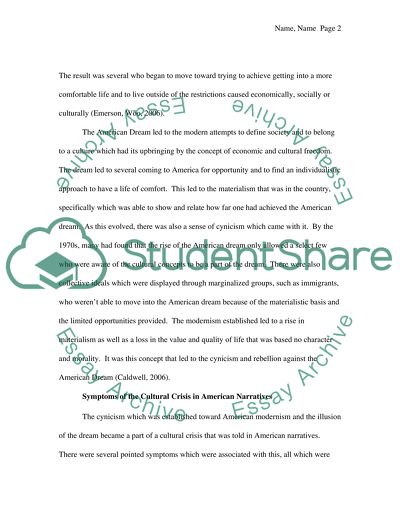Cite this document
(“Defining the American Dream Essay Example | Topics and Well Written Essays - 3500 words”, n.d.)
Retrieved from https://studentshare.org/sociology/1419019-defining-the-american-dream
Retrieved from https://studentshare.org/sociology/1419019-defining-the-american-dream
(Defining the American Dream Essay Example | Topics and Well Written Essays - 3500 Words)
https://studentshare.org/sociology/1419019-defining-the-american-dream.
https://studentshare.org/sociology/1419019-defining-the-american-dream.
“Defining the American Dream Essay Example | Topics and Well Written Essays - 3500 Words”, n.d. https://studentshare.org/sociology/1419019-defining-the-american-dream.


